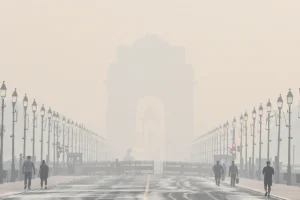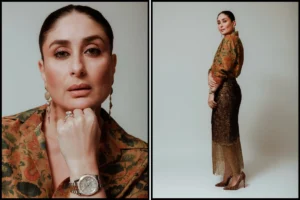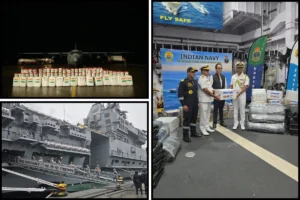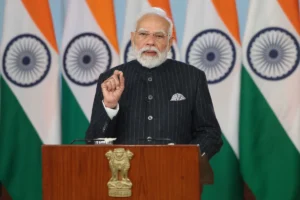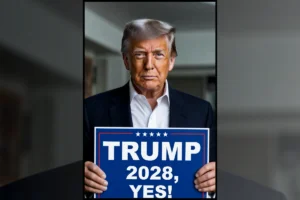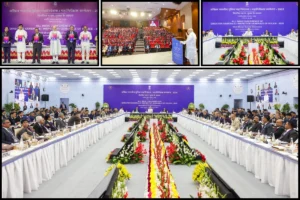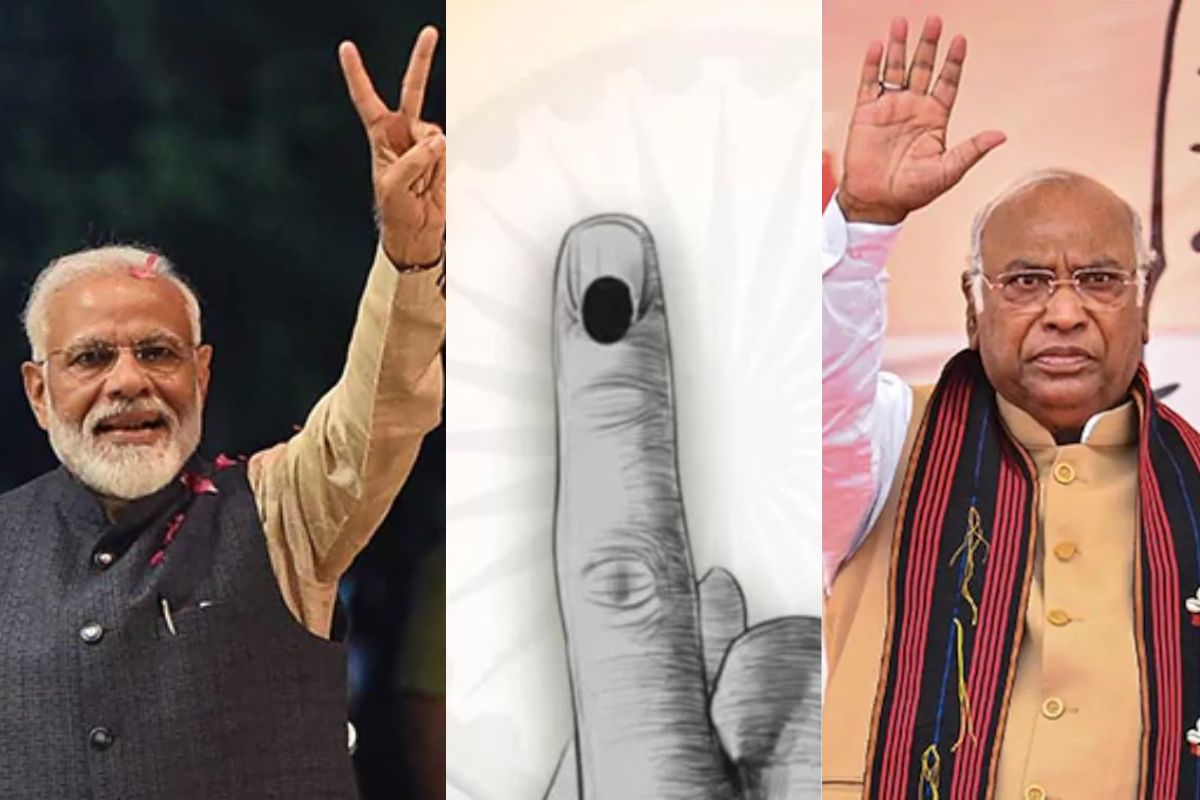
INDIA’ Has Done Well To Remain United Through Three Meetings
The third meeting of the opposition alliance, the Indian National Development Inclusive Alliance (INDIA), in Mumbai has broadened the discourse on the nation’s political trajectory. Leaders from 26 opposition parties convened in Mumbai to address pivotal matters ranging from the selection of the alliance’s logo to the appointment of a coordinator and naming committees, all in preparation for the 2024 Lok Sabha elections. The meeting culminated in a collective decision to, as far as possible, contest the forthcoming Lok Sabha elections together. The alliance emphasized that the more they adhere to this resolution in the future, the greater its potential to reshape the political landscape of the country.
As the meeting commenced, there was palpable anticipation in the national political landscape about the transformative issues the alliance would introduce in its nascent 70 days. The hottest topic of discussion was seat-sharing, an issue often ripe for discord among alliance members. While no conclusive decisions were reached on seat allocation, sources suggest that the process will commence shortly, aiming for a resolution through mutual coordination and cooperation. The current deadline is set for September 30, though its feasibility remains in question. The Congress party will play a pivotal role in this decision. With impending assembly elections in five states, the Congress seems inclined to tread cautiously. From their perspective, it might be prudent to defer seat allocation decisions until post-election results. A favorable outcome would bolster their stance in negotiating for a larger share of seats, a position unlikely to be challenged by alliance partners. Thus, realistically, the seat-sharing discussions could be postponed until November-December.
A 14-member coordination committee has been established, tasked with creating a minimum common program for the alliance. Beyond this primary committee, four additional committees have been constituted to strategize the alliance’s campaigns and rallies, oversee social media, and manage data. While there was deliberation on appointing a senior leader as the convener of the coordination committee, a decision remains pending. Names such as Nitish Kumar and Mallikarjun Kharge surfaced for the convener’s role. However, given the importance of the position and the potential for disputes over the choice, a final call has been deferred. Another consideration is Sharad Pawar’s inclusion in this committee representing the NCP. This raises the question: would Pawar be at ease working under the leadership of either Nitish Kumar or Mallikarjun Kharge?
Encouragingly for the INDIA alliance, Pawar has thrown his unequivocal support behind it, resolving the uncertainty surrounding his political trajectory in recent days. Given this context, alliance leaders would undoubtedly prefer not to rekindle any hesitations by inadvertently offending him. Pawar is no ordinary politician. Set to turn 83 this December, he remains unparalleled in his understanding of Maharashtra’s political pulse, a state commanding the second-largest number of Lok Sabha seats. His prowess is acknowledged not just by Congress, but also by other political entities. The decision to exclude a seasoned politician like Prithviraj Chavan from the newly constituted Congress Working Committee (CWC) is perceived by some as a consequence of his earlier criticism of Pawar.
While the INDIA alliance’s logo wasn’t unveiled at the Mumbai meeting, its slogan has been decided upon. The motto, “Judega Bharat, Jitega India (When Bharat unites, India triumphs)”, encompasses both ‘Bharat’ and ‘India’. Sources indicate that four designs for the logo are shortlisted, with further discussions planned to finalize one. Concurrently, two additional parties announced their affiliation with the alliance during the Mumbai meeting, and there are indications that at least nine more parties are considering joining.
As anticipated, there were moments of disagreement during the meeting. For instance, Mamata Banerjee opposed a political resolution calling for a caste-based census, while parties like Janata Dal (United), Rashtriya Janata Dal, and Samajwadi Party were ardently in favor. The aspirations for the Prime Ministership voiced by Arvind Kejriwal for the Aam Aadmi Party and by Uddhav Thackeray for the Shiv Sena faction also emerged as contentious points. Tensions flared over posters where Kejriwal was initially omitted but later included. The unexpected presence of former Congress leader Kapil Sibal during the post-meeting photo session nearly threw the meeting off track. However, Rahul Gandhi, who has seemingly evolved in his political demeanor, managed the situation adeptly. His speech, which acknowledged the seniority of many leaders and emphasized the alliance’s inter-party camaraderie and adaptability, showcased the potential strength of the alliance moving forward.
Here’s the edited text:
The potential for a ‘one-nation-one-election’ model also markedly influenced the meeting’s proceedings, especially coming just a day after the announcement of a special session of Parliament, hinting at the possibility of early Lok Sabha elections.
Most of the alliance members, barring the Congress, are regional parties. They believe that if assembly and Lok Sabha elections are held simultaneously, they stand to lose more, as regional issues could be overshadowed by national concerns.
Conversely, this model could prove advantageous for the BJP. The party could more readily shape a national narrative under Prime Minister Modi’s leadership. The ‘Modi factor’ might significantly influence electoral outcomes in states where the BJP has historically struggled.
For the BJP, advocating for combined elections isn’t novel. It was a prominent topic in their 2014 Lok Sabha election manifesto. In 2016, during Diwali, Prime Minister Modi voiced support for simultaneous Lok Sabha, state, and local body elections.
Additionally, during Atal Bihari Vajpayee’s tenure as Prime Minister, Lal Krishna Advani had championed the cause of synchronized elections across the country, although the initiative did not come to fruition then.
Given the alliance’s efforts and the central government’s strategic decision, the nation’s political climate is now highly charged. The alliance deserves credit for maintaining its unity through three meetings. If this solidarity persists up to the elections, the 2024 political contest is poised to be even more riveting than previous ones.













